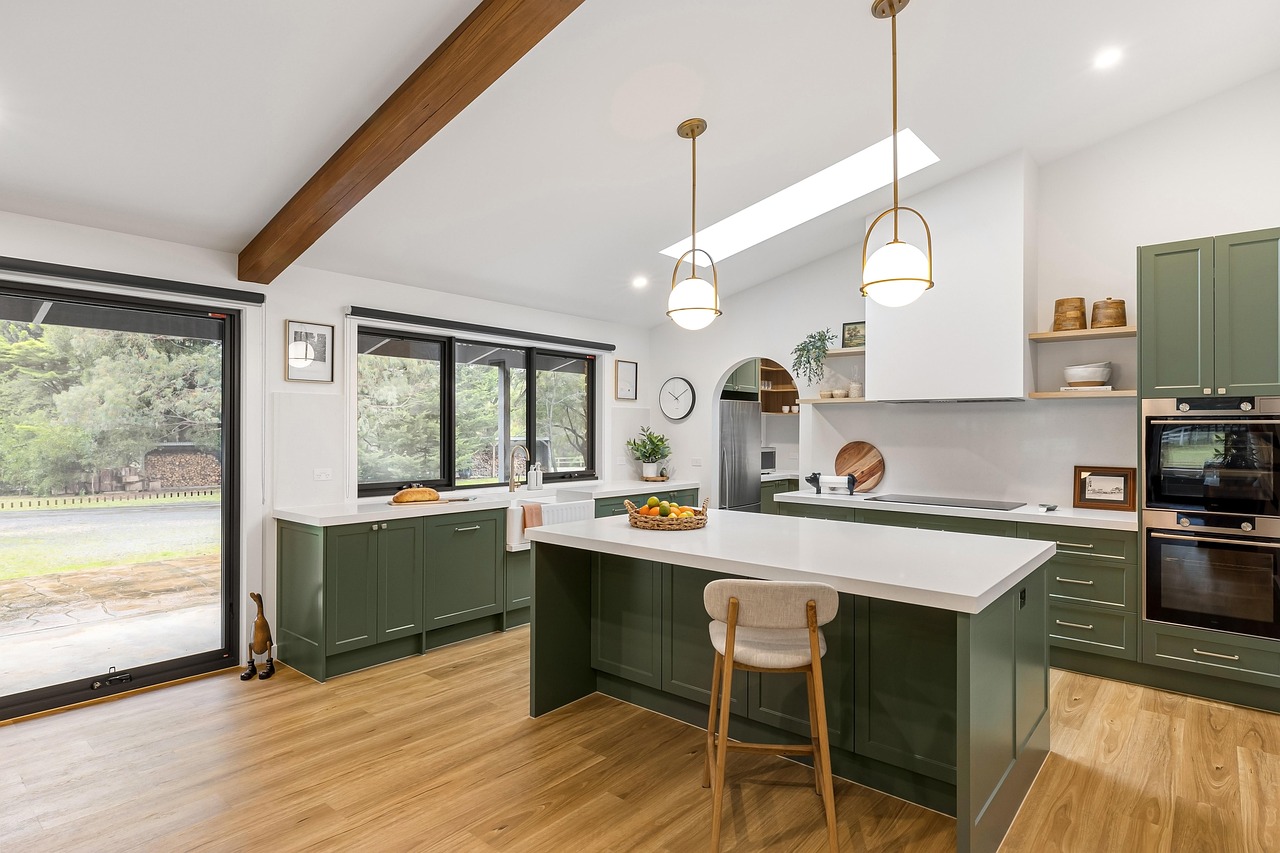Modern homes need storage solutions that adapt to changing needs and growing collections. Flexible adjustable shelving systems offer the perfect answer for homeowners who want versatile organization options. These smart storage solutions work in any room while growing with your family’s changing requirements.
Benefits of Flexible Storage Solutions
Traditional fixed shelving often wastes space because items don’t fit standard shelf heights perfectly. Quality adjustable shelving systems let you customize spacing to match your specific storage needs exactly. This flexibility means you can accommodate tall books, short decorative items, and everything in between without wasted vertical space.
Changing your storage layout becomes simple when life circumstances shift or seasons change. Moving shelves up or down takes minutes rather than requiring complete reinstallation. This adaptability makes these systems perfect for growing families, changing hobbies, or evolving storage needs.
Popular Room Applications
Closets benefit tremendously from adjustable shelving because clothing and accessory needs change seasonally. Double-hanging rods for shorter items and single rods for longer pieces maximize hanging space. Adjustable shelves accommodate folded items, shoes, and storage bins while adapting to your wardrobe changes.
Home offices require flexible storage for books, supplies, and equipment of varying sizes. Adjustable shelving accommodates everything from thin binders to thick reference books perfectly. Printer storage, supply bins, and decorative items all find their proper place with customizable shelf spacing.
Material Options and Durability
Wood shelving provides classic beauty and works well in living areas where appearance matters most. Solid wood shelves handle heavy loads while laminated options offer budget-friendly alternatives. Both types accept stains and paints for custom color matching to existing room decor.
Metal shelving systems offer industrial strength for heavy-duty storage needs in garages and basements. Powder-coated finishes resist rust and scratches while providing long-lasting durability. Wire shelving allows air circulation, making it perfect for pantries and utility rooms where ventilation helps prevent moisture problems.
Installation Methods and Requirements
Wall-mounted systems work best for lighter loads and provide clean, floating shelf appearances. These installations require locating wall studs for proper support and weight distribution. Toggle bolts can supplement stud mounting for drywall installations when studs don’t align perfectly.
Floor-to-ceiling units offer maximum storage capacity while remaining stable without wall attachment. These systems work well in rental properties where wall mounting isn’t permitted. Adjustable feet help level units on uneven floors while top stabilizers prevent tipping.
Design Integration Tips
Choose finishes that complement your existing furniture and room colors for seamless integration. Natural wood tones work well with traditional decor while painted finishes suit contemporary spaces. Metal systems in black or white blend with most color schemes without competing for attention.
Consider mixing open shelving with closed storage for visual balance and hidden organization. Baskets, bins, and decorative boxes on open shelves keep smaller items organized while maintaining clean appearances. This combination provides both display space and concealed storage options.
Maintenance and Care Guidelines
Regular dusting keeps shelving systems looking their best while preventing buildup that can damage finishes. Microfiber cloths work well for routine cleaning without scratching surfaces. Check mounting hardware periodically to ensure connections remain tight and secure.
Avoid overloading shelves beyond their weight capacity ratings to prevent sagging or failure. Distribute weight evenly across shelf surfaces rather than concentrating heavy items in one area. This practice extends shelf life while maintaining proper support for your stored items.
Cost-Effective Shopping Strategies
Compare price per linear foot when evaluating different shelving systems and brands:
- Measure your space accurately before shopping
- Consider starter kits vs individual components
- Look for sales during back-to-school and spring cleaning seasons
- Check warehouse stores for bulk pricing options
- Factor in installation costs for complex systems
- Read warranty terms for long-term value protection
Maximizing Your Investment
Plan your layout on paper before purchasing components to avoid costly mistakes. Measure twice and order once to prevent returns and delays. Consider future needs when selecting system capacity and expandability options.
Start with basic configurations and add components as your storage needs grow. This approach spreads costs over time while ensuring you buy only what you actually need. Quality systems accept additional components years later, making them truly long-term investments.

